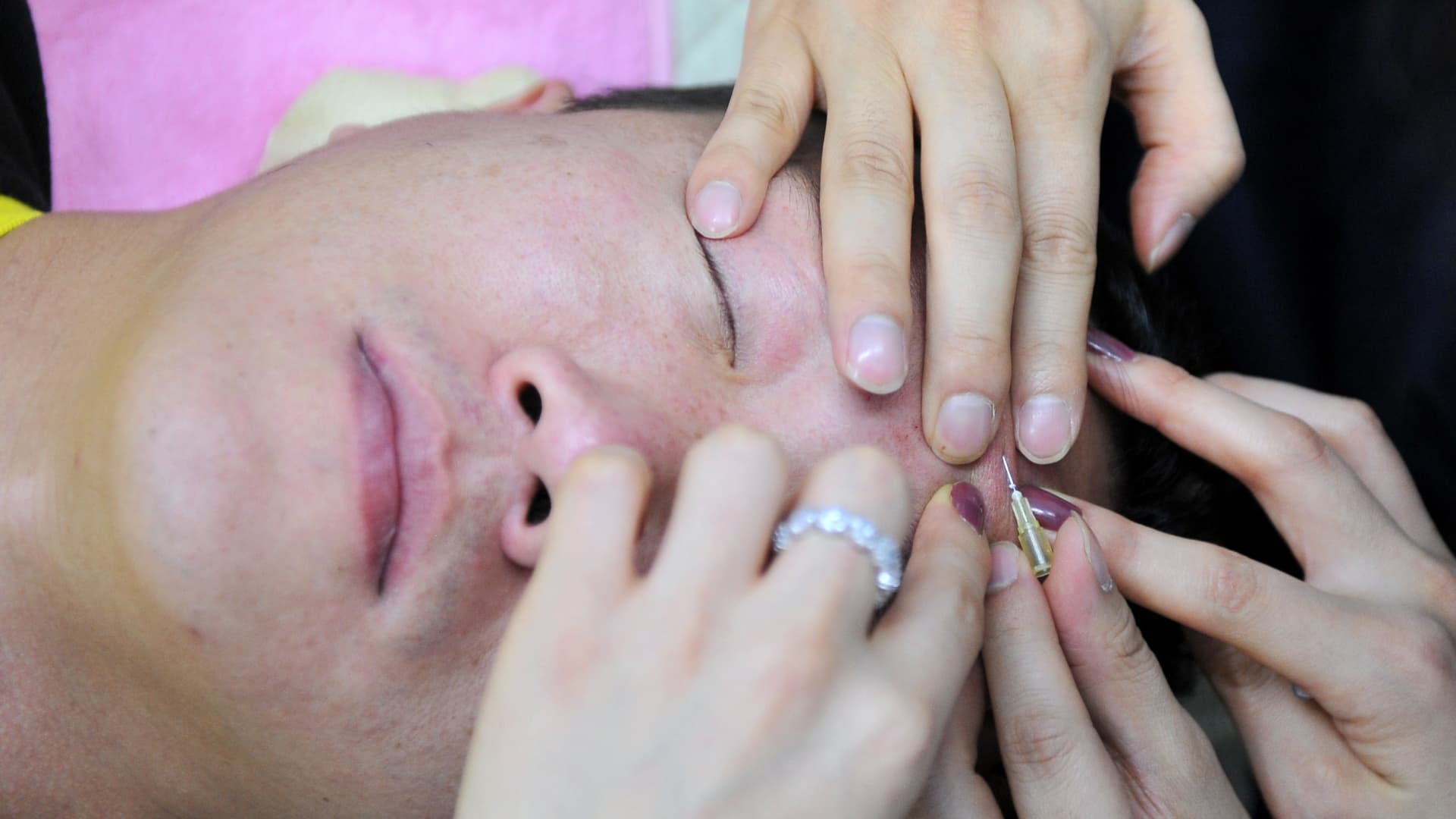Medical tourism has existed since the dawn of civilization, with records of people from Roman times visiting countries such as Turkey and Switzerland to access hot volcanic waters for healing purposes.
The modern equivalent has been driven primarily by access to information on the internet.
Patients scour the web for treatments on foreign shores — ranging from heart operations to cosmetic procedures — typically at a higher quality and lower cost compared to what is offered in their home countries.
Chris Pochiba is a social media influencer who traveled to South Korea for laser eye surgery in 2022. His wife, Sara Aho, explained why they chose South Korea, instead of other destinations.
“A lot of countries in the world have the same technology. But Korea is known for being very high tech, it’s very clean, very hygienic, very professional, and a little bit familiar,” Aho said.
Indeed, more Americans are opting to seek treatment in the likes of Mexico, Costa Rica, India and Thailand, where their average cost savings are in the range of 45% to 90%.
The Covid-19 pandemic, however, halted international travel — and, by extension, patient inflows — disrupting what was at the time a booming industry worth more than $70 billion.
But it wasn’t all doom and gloom.
“We came back with less people, made more revenue than 2019, last year of 2022,” Paul McTaggart, CEO and founder of medical travel agency Medical Departures, told CNBC.
Paul added: “As you’re seeing inflation at the pump, at the grocery store, you’re also seeing it at the hospital. The price of medicine and dental care has gone up and we’ve been a benefactor of that.”
So is this rapid growth sustainable? And are there pitfalls that individuals considering this route should be wary of? Watch the video above to find out more.


